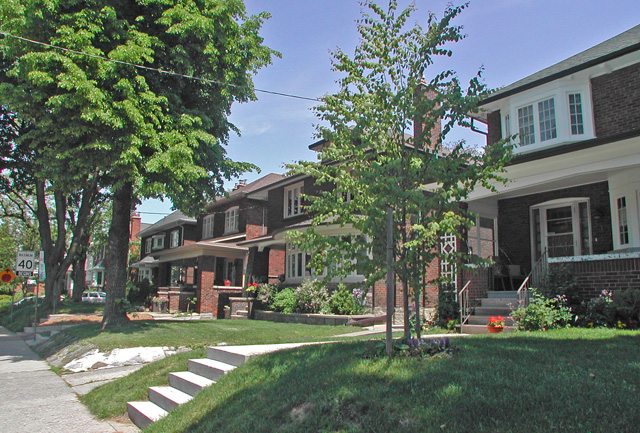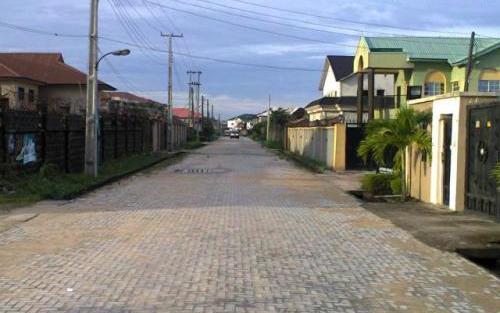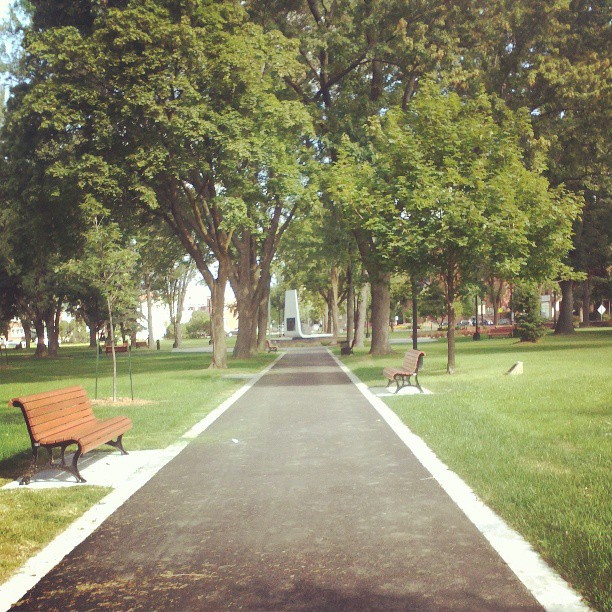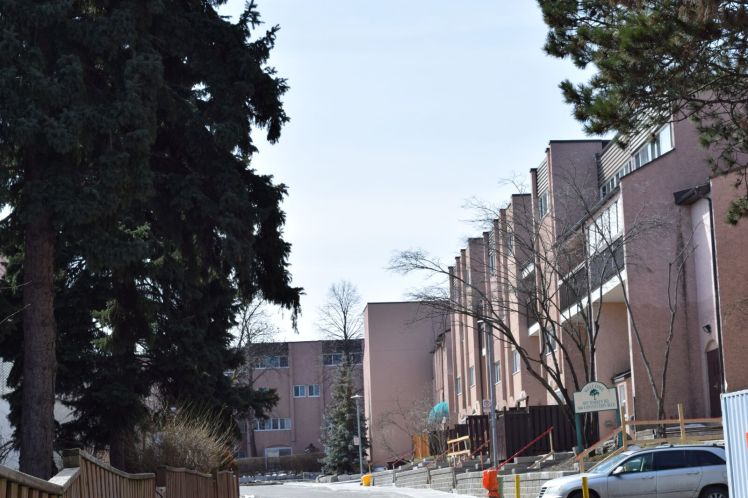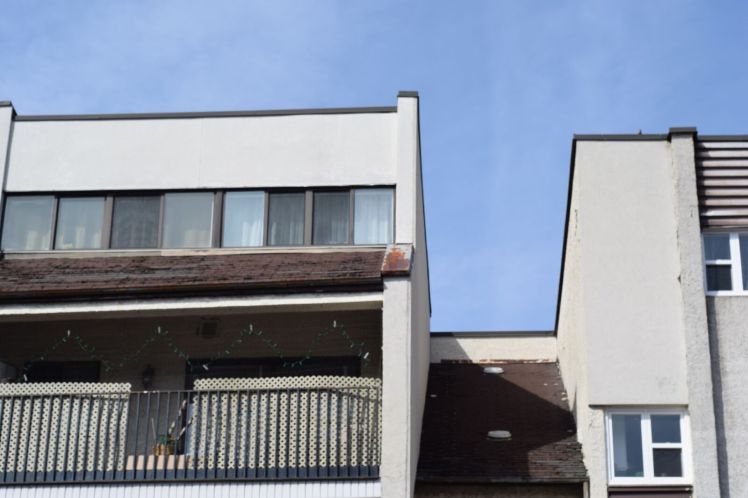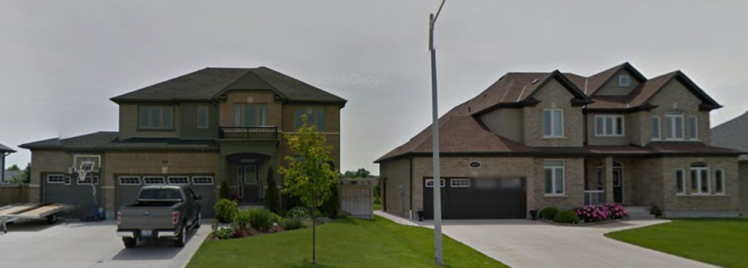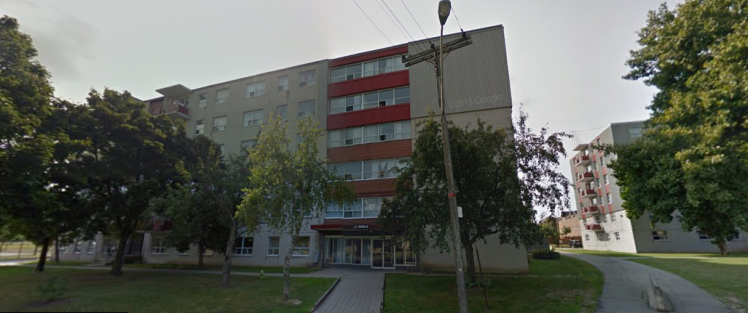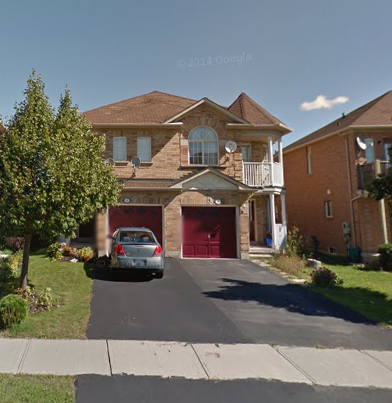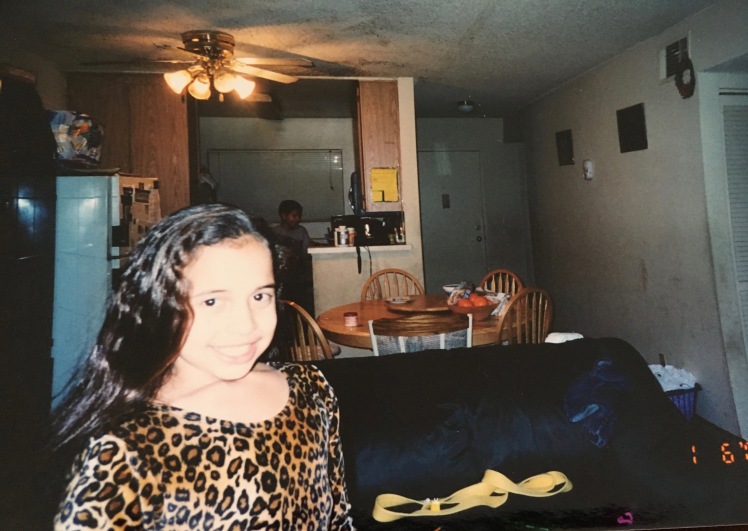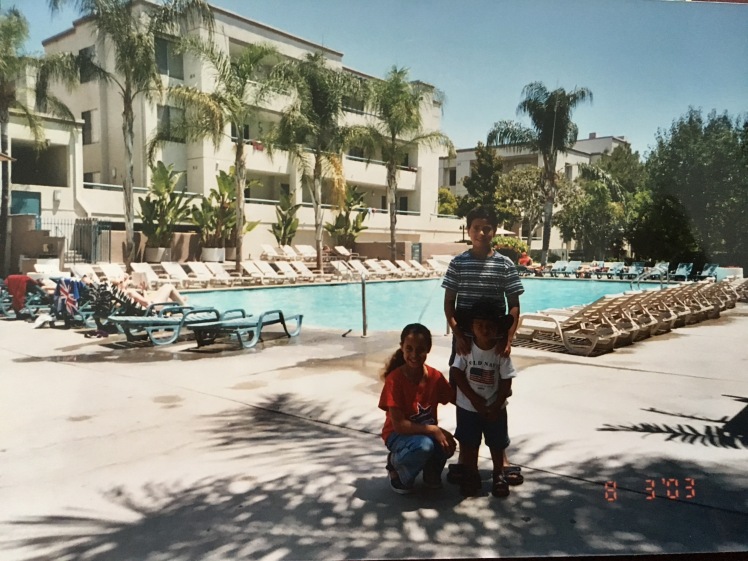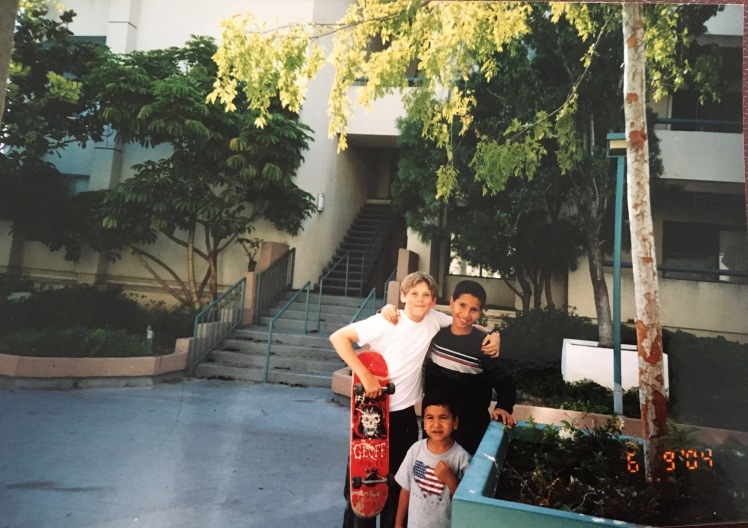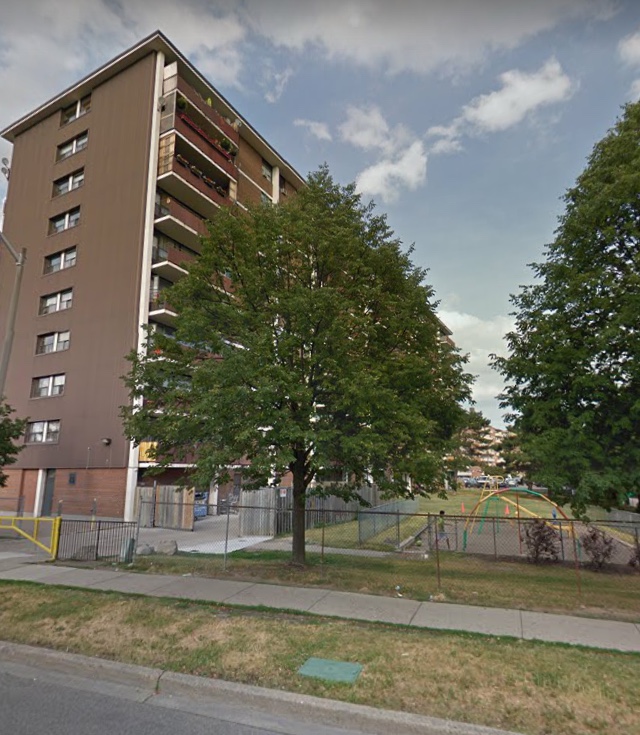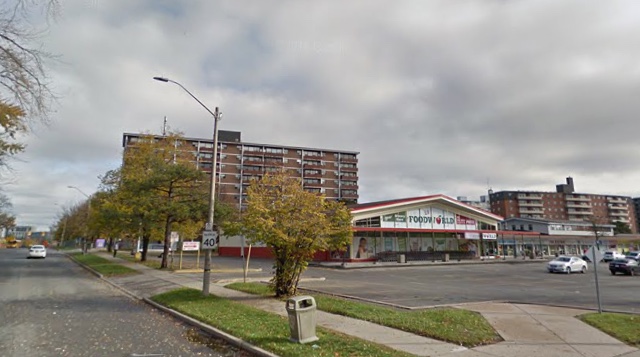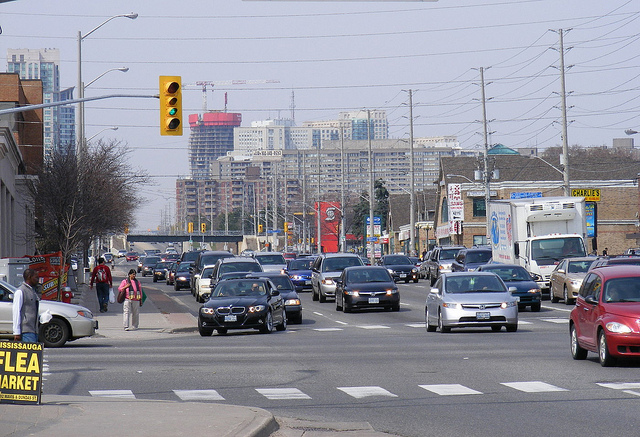To increase the moral autonomy of homeless individuals

Homelessness can be seen as a choice. No one would prefer to live on the street. But when there is a lack of housing options, some might choose to find refuge on street corners. Sleeping in the streets as opposed to an emergency shelter or a friend’s couch is not the most intuitive choice. But it’s a choice that one makes after weighing many options.
Seeing homelessness as a choice is a controversial topic that has been debated by scholars for decades. On the one hand, some might argue that homelessness is an inevitable product of a capitalistic society, where some individuals can afford comfortable living and others cannot. Those who take on this perspective will go onto argue that those experiencing homelessness lack moral autonomy and control to make meaningful choices. In short, these individuals are by-products of a system that works against them. On the other hand, some scholars view homelessness as a conscious act within and sometimes against the capitalistic system. From this perspective, individuals experiencing homelessness have moral autonomy to make meaningful choices within their lives.
To get a firsthand account of the issue, I conducted 10 semi-structured interviews with visibly homeless individuals in Downtown Toronto between November 2018 and February 2019. Some interviews took place inside of cafes like Tim Hortons, Seconds Cup, and Starbucks while others took place on sidewalks. The recruitment process lasted for 30 days. During this time, I walked around the neighbourhood engaging in conversations to get to know the homeless individuals and provided some donations, like clothing and food. The 10 homeless individuals who remained on the street most consistently had their own established sidewalk ‘spots.’
I also interviewed 5 social workers who specialize in aiding the homeless population of Toronto. They shared their firsthand experiences in helping the homeless and thoughts on the issue. They also provide a thoughtful take on the degree of choice homeless individuals have over their lives. My discussions with individuals experiencing homelessness and social workers were also bolstered by observational field notes.

Findings
Social workers of Toronto predominately view the homeless population as a product of class-conflict within our capitalist society. From this perspective, homeless individuals are passive victims whom the State and the ruling class have failed. By referring to homelessness as a product of other people’s actions apart from those experiencing it, a need to help those who are homeless as they cannot help themselves emerges. Perhaps an explanation for why social workers might view homelessness as a product of wider society is because it might aide them to provide better care and empathize with the homeless. This perspective, however, not only lowers the homeless individual’s own sense of moral autonomy but it can also influence how homeless individuals see themselves, that is as passive victims who must be helped by others. The implications of this are far-reaching. For example, it can potentially explain why many homeless individuals are in a constant state of dependence, struggle with depression and mental illness and account for higher rates of suicide among this population.
Survival is the bottom line for individuals experiencing homelessness. It is a choice that is made by those who show the desire to survive within their current conditions. In 2014, approximately 2.3 million Canadians – representing 8% of the overall population aged 15 and over – reported that they had to temporarily live with family, friends, in their car at some point in their lives. People often have to choose between paying for rent or losing their accommodations, buying groceries or non-essentials, paying their bills or ruining their credit score. There are many different choices that one makes that can lead someone into a difficult situation, like homelessness.
By framing homelessness as a choice, I do not propose that we must discontinue the assistance programs that are currently provided to the homeless. Rather, I would like to emphasize that the same ability to make choices are still available to them even when they are on the streets. While it is important to acknowledge the capitalist structures that make it difficult for people to afford basic necessities, it is also important to acknowledge the structures in place to reintegrate individuals back into the society as productive members. As one social worker mentioned: “Our success rate is 63.7% which highlights the fact that not everyone who enters the system to receive assistance is successful due to both structural and personal challenges that one might be faced with in the transient state”. Social workers often become supportive figures for others to help them make rational decisions for themselves. The homeless population cannot be helped unless they want and agree to be helped.
Homeless individuals often refuse the assistance provided through the social welfare system and prefer to take matters into their own hands. These choices are made for many different reasons, like drug addiction, lack of trust in the government, and their personal ego. Ultimately, homelessness provides an individual with the freedom to do whatever they please without restrain or pressure from others. Citing researchers on homelessness, a 2018 article by CBC emphasized: “we just need to remember that the homeless community is not a homogeneous community. There are so many diverse voices within it. Some people are just not interested in being housed.” Similar to how there are various life choices that can lead to homelessness, there are various pathways and treatment to reintegrate a homeless individual back into society. Individualistic treatment approaches are great in theory, however, they are not very successful as they require tremendous resources and funding from the tax payer. Currently, in Toronto, there are greater voices that are preventing those funds from being used to help and support the homeless population. The current social services in Toronto care for all homeless people together (without considering other impeding factors) and offer minimum support in shelters along with subsidized housing. Social workers reported that seeking government funding is often a battle; and due to the precarity of the situation, it is difficult to provide the care that is required to put someone back on their feet. Homeless people also need homes with some type of social support; they need more than just a shelter. This makes it challenging for social workers to provide the exact level of support that will permanently make a change in their lives.
Previous research tells us that the length of time that one spends on the streets correlates positively with that individual deciding to choose the street as a long-term living option. They adapt to the conditions by finding clothes and blankets for extra layering, using sleeping bags to get through the cold winter nights, settling on top of heat ventilation for warmth, and becoming acquainted with nearby security and police officers. They also try to establish a sense of familiarity in hopes of creating a sense of ‘home’ on the streets. When the streets become one’s home, other homeless individuals become part of their family who are in need of their care and support. When a familial bond is formed, it becomes more difficult for a person to leave the streets.


The streets are perceived as better for homeless individuals in comparison to shelters since it allows them to live a life with a sense of family and predictability. As one of the homeless interviewee explains, “[…] two days ago, I helped the guy down the street [to] shovel the parking lot, he gave me $20. I do that every now and then man [like] I told you, I don’t have to be making money like the government is telling people. I just help all people around here. In [these] crazy storm days, I’ve been going out shoveling people’s driveways, and it gives me a little bit of exercise and you know, people give me a buck or two [and then] bam, I got my meal for the day. That’s how I got this sweater [pointing to the sweater he was wearing]. I helped the lady down the street carry her groceries sometimes, and she made it for me.” It’s evident that he is able to create a sense of community that allows him to get through the day. He’s engaged in meaningful work while also holding the label of someone who is visibly homeless. Another individual indicated that a smile from a pedestrian is equivalent to a meal for him. These individuals are so used to being looked at in a disgusted manner that a genuine smile goes a long way.
Based on my research it can be argued that although homelessness is not a conscious choice made by individuals, the choice to remain homeless often is. The goal of my research was to present homelessness through a moral autonomous perspective to increase the sense of agency in homeless individuals. We can view homeless individuals as actors of their own lives or as individuals being acted upon by the larger society; however, the former perspective empowers homeless individuals as it increases their moral autonomy to make meaningful choices.
Shankeerth Suresh is a 4th-year undergraduate student who is currently pursuing a Bachelor’s degree at the University of Toronto with a double major in Psychology and Criminology. He would like to pursue further education to become a clinical psychologist. He hopes that his research will change how we think about homelessness.
